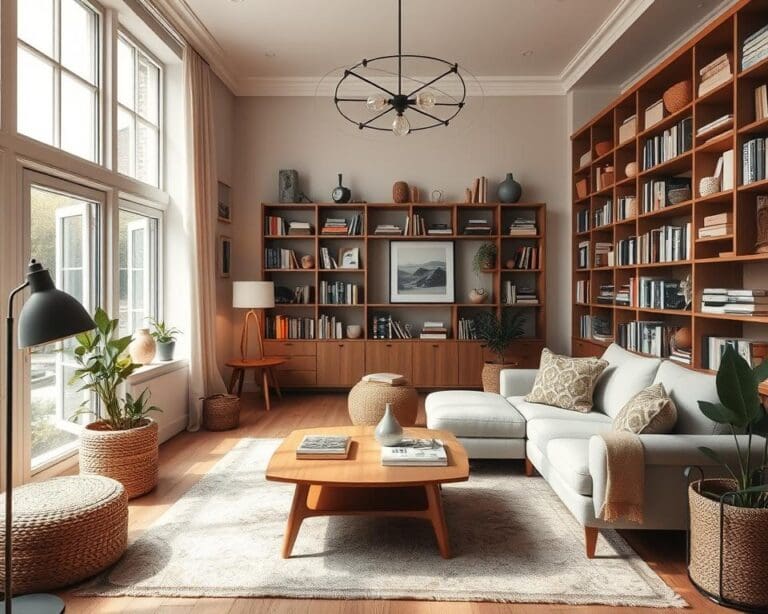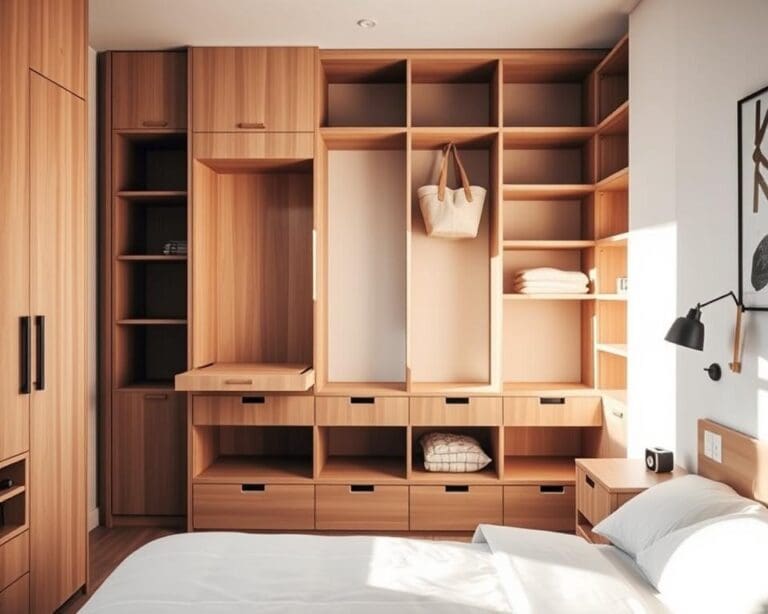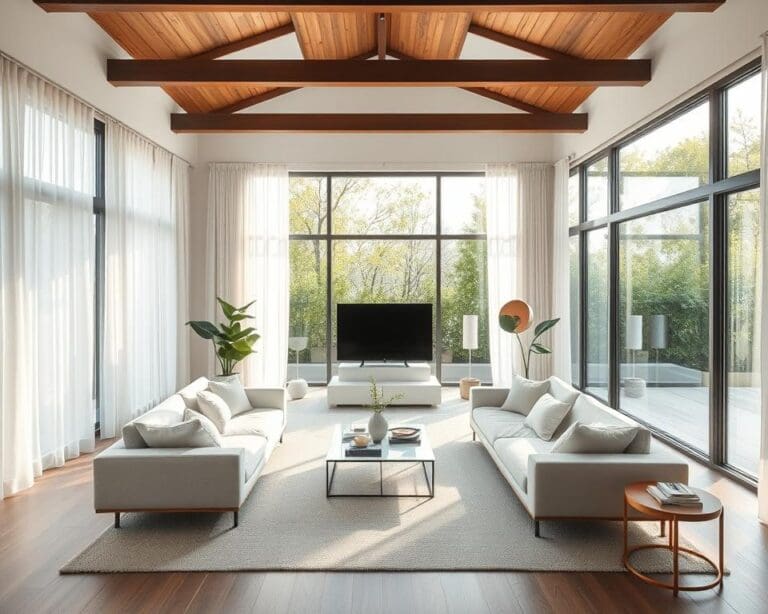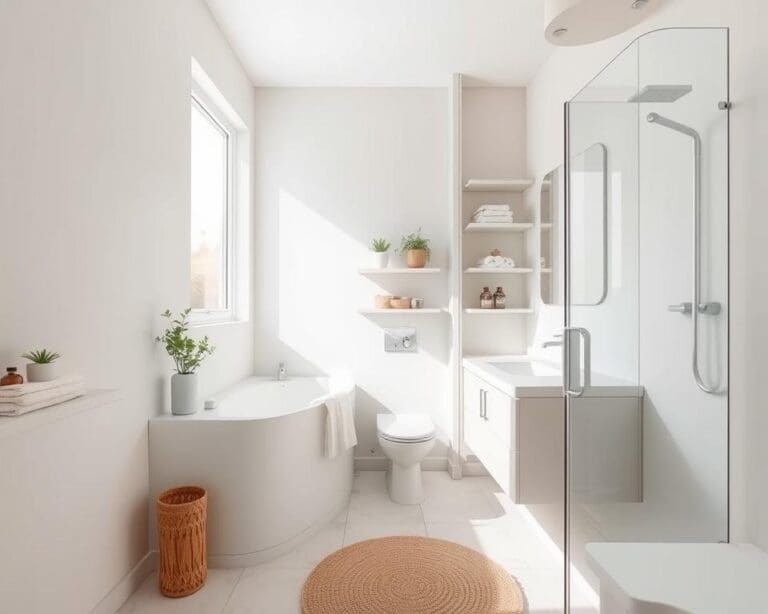Home renovations can be an overwhelming yet fulfilling endeavour for many homeowners. However, navigating through the myriad of home renovation mistakes can often lead to missed opportunities and unexpected costs. As you embark on your home improvement journey, it’s crucial to be aware of these common pitfalls. This section will explore essential renovation tips that will help you avoid renovation errors and ensure your project not only meets your expectations but also maximises your investment.
Not Setting a Budget
One of the most critical steps in any home renovation project is establishing a clear and realistic renovation budget. Homeowners often overlook this essential factor, leading to potential financial mishaps. Understanding the full scope of home renovation costs can significantly enhance financial planning for renovations.
Understanding Costs
Comprehensive research into average costs for various renovation tasks is vital. Whether it’s the price of materials or labour costs, being informed allows homeowners to create a more realistic budget. _Budgeting tips_ suggest breaking down expenses by category to offer a clearer picture of what to expect financially.
Contingency Funds
Setting aside contingency funds is equally important. A good rule of thumb is to reserve about 10-20% of the overall renovation budget for unforeseen expenses. This buffer can alleviate stress and help maintain a smoother renovation process, ensuring that unexpected costs do not derail the entire financial plan.
Underestimating Timeframes
Many homeowners face challenges in accurately assessing the timeframes required for their renovation projects. Setting realistic timelines is crucial and requires careful consideration of design, procurement, and installation phases. Effective project scheduling ensures that the entire renovation process runs smoothly and efficiently.
Realistic Timelines
Establishing realistic timelines involves acknowledging all the different components that contribute to a successful renovation. Each phase can vary in duration and might be subject to unexpected challenges, leading to planning delays. Taking the time to plan comprehensively facilitates better time management in renovations, which ultimately fosters a more enjoyable renovation experience.
Impact of Delays
Recognising the potential impact of delays can prepare homeowners for unforeseen circumstances. Factors such as material availability, contractor scheduling conflicts, and inclement weather often play significant roles in the timeline. Understanding these elements allows homeowners to approach renovation timelines with a proactive mindset, enabling them to adjust expectations and minimise frustration throughout the process.
Ignoring Permits and Regulations
Many homeowners underestimate the importance of understanding building regulations when embarking on renovation projects. Researching and acquiring the necessary renovation permits can seem tedious, yet it plays a crucial role in ensuring that your project adheres to local guidelines. Knowing these legal requirements arms you with the knowledge needed to protect your investment while allowing you to proceed confidently with your renovations.
Legal Requirements
Each local authority has distinct laws regarding compliance in home renovations. Becoming familiar with these legal issues in home renovations is essential for avoiding potential pitfalls. This includes identifying the specific permits required for various types of work, from structural changes to aesthetic enhancements. Ignoring these regulations can lead to unexpected complications.
Consequences of Non-Compliance
Neglecting to secure proper permits can have far-reaching implications. Instances of non-compliance can result in hefty fines or even the forced demolition of unapproved work. Such legal issues not only disrupt the renovation timeline but also impose additional costs to bring the property back into compliance. Understanding and following the relevant building regulations therefore safeguards against future headaches and protects your hard-earned investment.
Poorly Planning the Layout
Effective home layout planning plays a pivotal role in the success of renovation projects. Many homeowners fall into the trap of making interior design mistakes by placing aesthetics above functionality, which can detrimentally impact the overall living experience. Striking the right balance between visual appeal and practical usability is crucial.
Functionality vs Aesthetics
Functionality in home renovations should never be compromised for the sake of a beautiful appearance. While it is tempting to focus solely on design elements, ensuring that each room serves its intended purpose leads to improved livability. Consider how each space flows into the next, making room for ease of movement and daily activities.
Future Needs
Space planning should always involve foresight. Anticipating future requirements—such as family growth or lifestyle changes—can guide layout decisions effectively. By investing time in comprehensive planning today, homeowners can create spaces that accommodate evolving needs, ultimately enhancing functionality and potential resale value.
What are common mistakes in home renovation projects?
Immersing oneself in home renovation can be exhilarating, yet many homeowners find themselves entangled in complications due to a lack of detailed renovation research. Understanding the nuances of materials, design trends, and construction techniques can significantly influence the success of a project. A well-informed approach allows for better home project management and reduces the likelihood of encountering unexpected DIY mistakes.
Lack of Research
Starting a renovation without thorough research can result in oversights that escalate costs and timelines. Homeowners often overlook essential aspects such as choosing suitable materials or understanding the implications of various design trends. Taking time to engage in renovation research can pave the way for more informed decisions, ultimately leading to a smoother home renovation process.
Overextending Yourself
Ambition in home renovation can quickly turn into a pitfall when individuals overextend themselves. This may manifest financially, by committing to an unrealistic budget, or temporally, by underestimating the time required to complete the project. Managing renovation scope effectively ensures that objectives remain achievable, promoting a positive and satisfying renovation experience. Achieving balance allows homeowners to enjoy not only the results but also the journey of transforming their living spaces.
Hiring Unqualified Contractors
In home renovation projects, hiring contractors without the proper qualifications can lead to disastrous outcomes. The allure of lower prices often tempts homeowners to overlook essential aspects, such as expertise and experience. Taking the time to evaluate contractor qualifications not only ensures a smoother process but also enhances the likelihood of a successful renovation.
Checking Credentials
Before committing to any home renovation services, verifying the credentials of potential contractors is a vital step. Be sure to check for relevant certifications, insurance, and proof of licensing. This information guarantees that contractors possess the skills necessary to complete the work to a high standard. Seeking references prior to hiring is equally crucial; talking to previous clients provides insight into a contractor’s reliability and skill set.
Importance of Reviews and Referrals
Consulting contractor reviews can offer invaluable guidance in the selection process. Online platforms, social media, or personal recommendations can reveal genuine feedback regarding a contractor’s previous work. Positive reviews often indicate a successful track record, while negative ones may serve as red flags. Making informed decisions based on thorough research can save time, money, and stress in the long run.
Neglecting Design Consistency
One of the most overlooked aspects of home renovation projects is design consistency. Achieving a cohesive design throughout your home is vital for creating a harmonious living space that resonates with your personal style while adhering to core interior design principles. Every element, from colour palettes to materials and furnishings, should work together to enhance the overall aesthetic, ensuring that your home not only reflects your individuality but also its full potential.
Home aesthetic improvements are best realised when each room flows seamlessly into the next. To achieve design consistency, homeowners should evaluate how different styles interact, striving for a balance that avoids jarring contrasts. A well-planned design strategy not only elevates the beauty of your home but also increases its market value, appealing to prospective buyers who appreciate a thoughtfully curated environment.
By prioritising design consistency, you set the stage for an inviting atmosphere that welcomes both residents and guests alike. Emphasising a uniform theme throughout your home creates a sense of belonging and tranquillity, making it essential to your renovation journey. Embrace the beauty of cohesion and witness how it transforms your space into a true reflection of your lifestyle.









